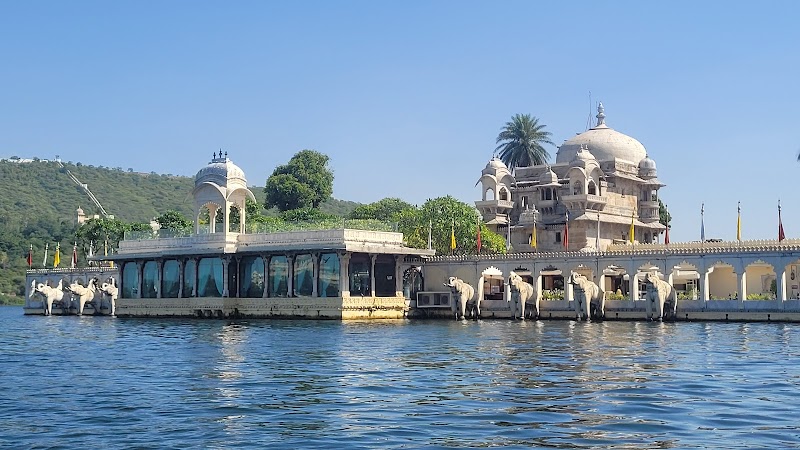
Sajana Wildlife Sanctuary Adventures
Sajana Wildlife Sanctuary is a protected area in Rajasthan known for its diverse wildlife, including leopards and nilgai, offering visitors a unique opportunity to experience the region’s rich biodiversity and natural landscapes.
About Sajana Wildlife Sanctuary

Sajana Wildlife Sanctuary is located near the town of Sajana, within Rajasthan, India. The sanctuary spans over a varied landscape of dry deciduous forests, grasslands, and rugged terrain that supports a diverse range of flora and fauna. The sanctuary plays a vital role in the conservation of species such as the Indian leopard, nilgai (blue bull), chital deer, and a variety of avian species, including migratory birds during certain seasons. Established with the objective of protecting local wildlife habitats and biodiversity, Sajana Wildlife Sanctuary provides a crucial refuge amidst growing pressures from human settlements and agricultural expansion. Visitors to the sanctuary can enjoy guided jeep safaris and walking tours that allow close encounters with the wildlife, particularly during early mornings and late afternoons when animals are most active. The sanctuary’s vegetation mainly consists of drought-resistant trees like acacias and thorny bushes, contributing to the unique dry forest ecosystem. Apart from wildlife viewing, the sanctuary's natural beauty includes panoramic views of rolling hills, seasonal streams, and rocky outcrops. The sanctuary is also a good location for birdwatching enthusiasts interested in spotting endemic and migratory birds. Due to its relatively lesser-known status compared to other protected areas in India, Sajana offers a peaceful, low-impact outdoor experience. Facilities here are modest, encouraging eco-friendly visits and minimal disturbance to the area’s wildlife. The sanctuary invites nature lovers and wildlife photographers to connect with Rajasthan’s wild side in an unspoiled environment.
Highlights
Jeep safari routes offering close wildlife sightings, especially leopards and nilgai
Diverse habitats combining dry deciduous forest and grasslands
Opportunities for birdwatching diverse resident and migratory species
Scenic rocky hills and seasonal water bodies creating unique photo opportunities
Notable Natural Features
Leopard Habitat Zones
Areas within the sanctuary where sightings of the elusive Indian leopard are most common during safaris.
Grassland Ecosystem
Open expanses supporting herbivores such as nilgai and chital, vital for the sanctuary’s food chain.
Seasonal Waterholes
Natural water sources that attract animals, especially during the dry season, serving as excellent viewing spots.
